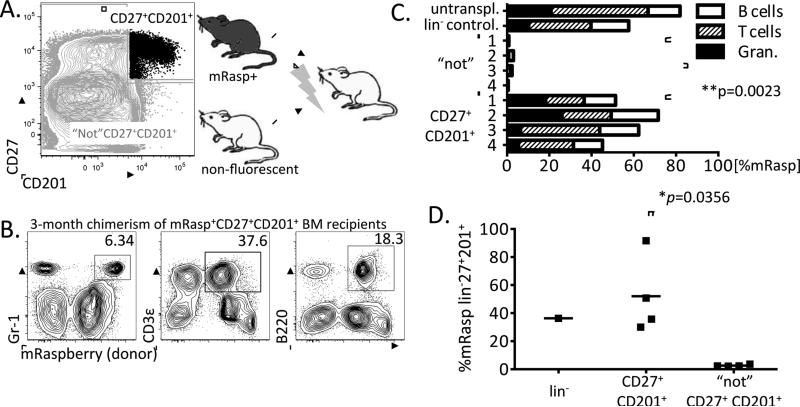Figure 2. The lin−CD27+CD201+ population contains the vast majority of HSC in NOD BM.
A. Lin− NOD BM was sorted into two fractions, a CD27+CD201+ population and the “not” CD27+CD201+ population, which contains all the remaining cells. These populations were co-transplanted from mRaspberry and non-fluorescent NOD donors into lethally-irradiated non-fluorescent NOD recipients. B. Three months post-transplantation, peripheral blood donor chimerism was measured. FACs plots show chimerism of one representative recipient of mRasp+CD27+CD201+ BM. C. Peripheral blood chimerism at 3 months post-transplantation within each transplanted mouse (*p=0.0023, unpaired student's t-test). Peripheral blood of an untransplanted mRasp mouse (untranspl.), and one mouse receiving 0.5 BM equivalents of lin− mRasp BM cells (lin− control) are shown as controls. D. CD27+CD201+ cells self-renew: three month chimerism of donor derived lin−CD27+CD201+ cells in the BM of mice transplanted with mRasp+CD27+CD201+ (n=4) or mRasp+ “not” CD27+CD201+ BM progenitors (n=4) (*p=0.0356, unpaired student's t-test).

